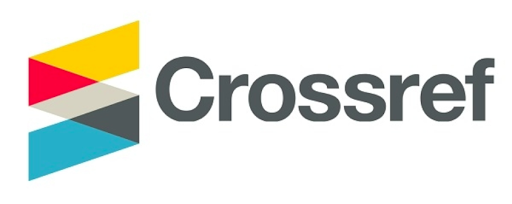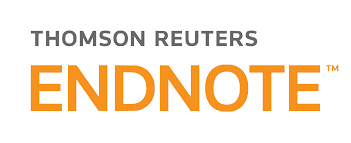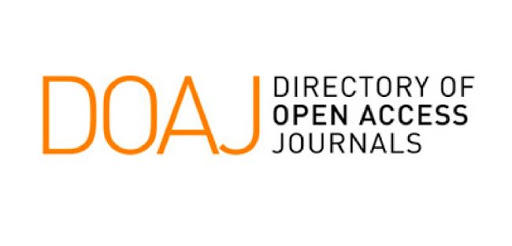Paper ID : SMJ2904215505281 | View : 5

Abstract : Background: Chronic suppurative otitis media (CSOM) is a common public health problem worldwide. The global burden of illness from CSOM is estimated to involve about 65 to 330 million individuals with draining ears. There is an association between CSOM and poor educational performance. A portion of the variability observed may be related to differences in sampling and processing methods. The Causative microorganisms may be same or different in both ears, so this study was done to determine the prevalence of same micro organism versus different types in bilateral chronic suppurative otitis media Tooke place in Alhabobi teaching hospital. Method: a hospital-based cross-sectional descriptive study carried out at the ENT outpatient clinic and the Microbiology Department ofAlhabobi teaching hospital and private laboratory .The sample comprised 46 patients with bilateral active CSOM. All patients were evaluated through a detailed history and clinical examination. Pus samples from draining ears were collected by aspiration with a sterile pipette. The specimens were immediately sent for microbiological analysis. Data were analyzed using SPSS.version 20. Results: The most of the patients were female (29) 63%, infection was common among age group below 30 years. Housewife 35% followed by students24% were the commonest occupational distribution. Most of the results of cultures were same type of bacteria in both ears (69.5%) while (30.5%) were different.No significant different between type of bacteria in relation to age of patients and sex distribution ,while there was significant relationship between type of occupation and type of bacterial isolation whether same or different , while didn’t shown in regard to kind of residence. In our study the significant statistically difference between type of bacteria in term of same or different was clear in income distribution. Conclusions: Our study was shown that 30.5% of cases were different types of bacteria and it was important to do swabbing from both ear because its statistically significant characters.










